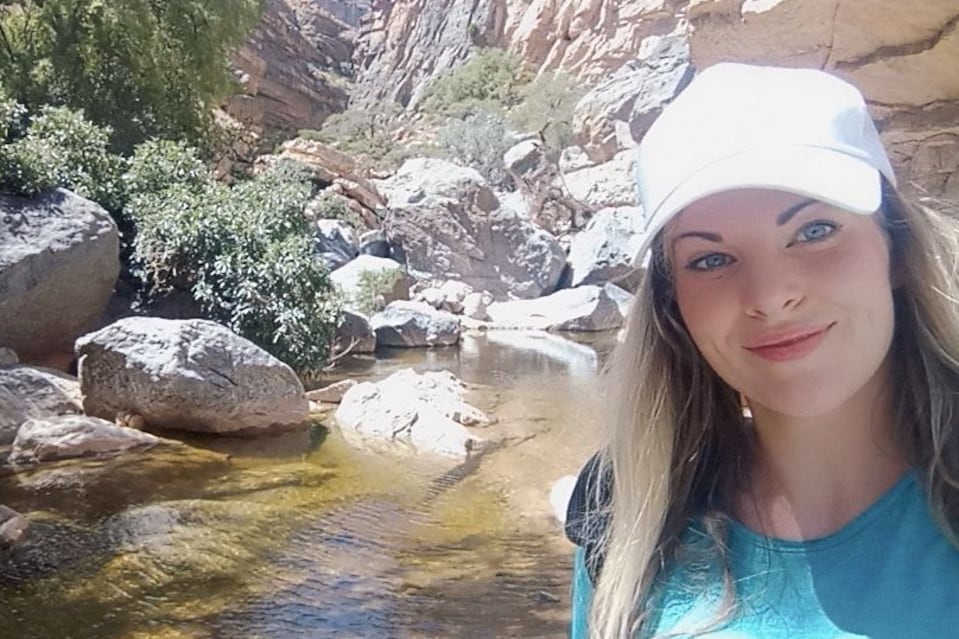‘Only Connect!’, the epigraph EM Forster applied to personal relationships in Howard’s End, applies equally to our need to reset our perilously fractured relationship with the natural environment.
Few nature writers reveal ecological connections with the daring, elegance and authority of David George Haskell. In The Forest Unseen, he linked a square metre of forest floor with the universe, from a molecular to a stellar level.
In Sounds Wild and Broken, he explores the role of sonic communication systems in the evolution of biodiversity, from bacteria, unlikely though that sounds, to Bach. These systems are now so ubiquitous that we take them for granted. But Haskell reminds us that their emergence was not predetermined, and should fill us with wonder.
And fill us with wonder he does, as we learn how the cilium, “a tiny wiggly hair on the cell membrane” that helped cells to swim, became the sensor of sound waves in the hugely varied hearing organs of most animals.
READ MORE
The human animal has developed the use of sound for immensely complex communications systems, from languages to music. And we have now invented instruments to observe how other creatures communicate, often at frequencies we cannot perceive without such aids.
Haskell’s vivid prose sweeps us into the underwater acoustic realm of the snapping shrimp, like plunging “into a pan of sizzling bacon fat”. His own sharp ear traces the distinct dialects of the white-crowned sparrow’s song, inflected differently by the unique aural environment of each of its very varied habitats.
“I sense,” he writes, “that the diversity of human sounds, so rich within our cultures and individual lives, is just one manifestation of sound’s creative workings within animal species.”
Haskell repeatedly surprises and challenges us by the connections he makes, whether discussing sonic culture wars in our cities or sound’s role in cosmic physics. But his infectious sense of delight in evolution is shadowed by a paradox: humans are both the apex of sonic communications development on Earth, and the prime threat to such systems through our hubristic environmental vandalism.
One way to reduce this threat, he suggests, is to relearn how to listen, “to celebrate the storied sensory richness of our world”, a phrase that succinctly summarises the experience of reading this remarkable book.















